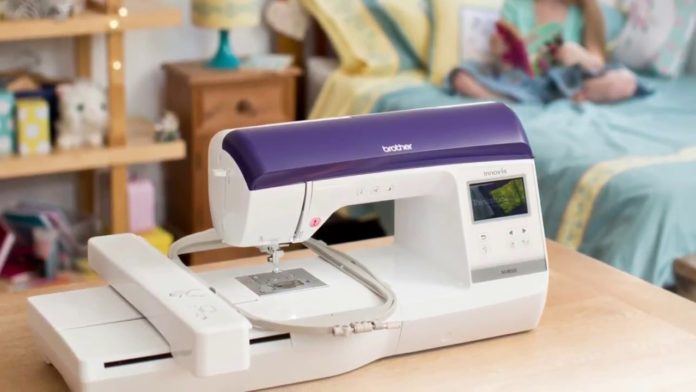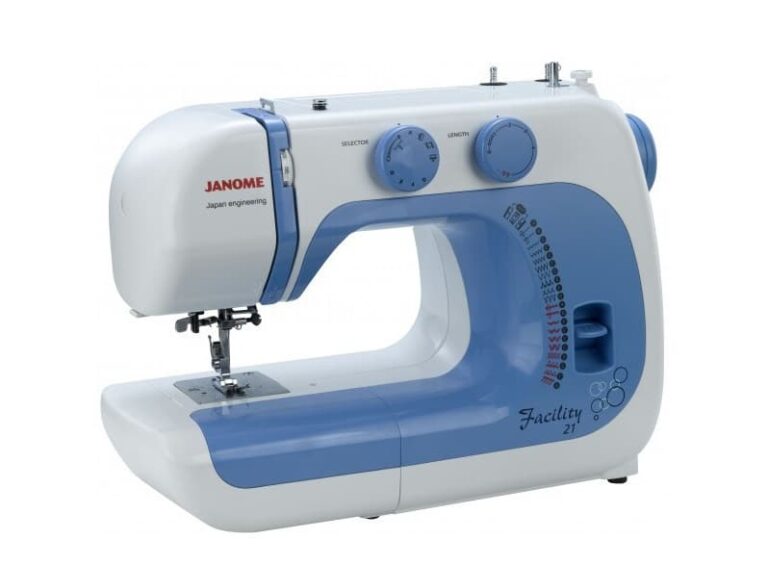Embroidery Machine vs Serger: Unveiling the Differences
In the realm of sewing, two machines stand out for their specialized capabilities: the embroidery machine and the serger. While both machines serve essential roles in crafting projects, they differ significantly in their functions and applications. Understanding the distinctions between these two tools is crucial for choosing the right one for your sewing needs.
Serger: A Multifaceted Seaming Specialist
Sergers, also known as overlockers, are versatile machines that perform three essential tasks simultaneously: sewing, trimming, and serging. This three-in-one functionality makes sergers an invaluable asset for various sewing projects.
-
Sewing: Sergers utilize a unique chain stitch that creates a durable and secure seam, preventing fraying and unraveling along edges. This stitch is particularly effective for seams that undergo heavy wear and tear, such as seams in garments and bags.
-
Trimming: Built-in knives within the serger trim away excess fabric as it sews, creating a neat and finished edge. This trimming process not only improves the overall appearance of the project but also eliminates the need for additional trimming by hand.
-
Serging: Sergers also perform serging, a specialized stitch that creates a decorative hem or border along the edge of fabric. This stitch adds a touch of elegance and professionalism to garments and accessories.
Embroidery Machine: A Canvas for Creativity
Embroidery machines elevate sewing to an art form by enabling the creation of intricate designs directly onto fabric. These machines offer a wide range of stitch patterns, from simple flowers and geometric shapes to complex portraits and landscapes.
-
Embroidery Design: Embroidery machines utilize pre-loaded embroidery designs or allow users to create their own designs via computer software. These designs can range from simple motifs to elaborate patterns, catering to a diverse range of creative expressions.
-
Variety of Stitches: Embroidery machines boast an impressive repertoire of stitches, including straight stitches, satin stitches, and decorative stitches. Each stitch type imparts a unique look and feel to the design, allowing for versatile and expressive embroidery.
-
Hooping and Stabilizing: Embroidery machines require a hooping process, where the fabric is tautly stretched within a hoop, ensuring stability and precision as the design is stitched. Additionally, stabilizers are often used to reinforce the fabric and prevent puckering.
Navigating the Decision: Choosing the Right Machine
The choice between an embroidery machine and a serger depends on your sewing goals and preferences.
For:
- Creating decorative embellishments on fabric
- Adding personal touches to garments, accessories, and home décor
- Expressing creativity through intricate designs
Consider:
- Budget: Embroidery machines tend to be more expensive than sergers
- Technical Skill: Embroidery machines require more technical expertise to operate
For:
- Sewing seams that require durability and prevent fraying
- Finishing edges of garments and bags
- Creating professional-looking hems and borders
Consider:
- Sewing Speed: Sergers can sew faster than sewing machines
- Versatility: Sergers can perform multiple tasks, including sewing, trimming, and serging
Conclusion: A Symphony of Stitches
Embroidery machines and sergers are both valuable tools for sewing enthusiasts, each offering unique capabilities that enhance the craft. By understanding the distinct functions of these machines, you can make an informed decision that aligns with your sewing goals and creative aspirations. Embrace the versatility of these machines and embark on a journey of stitching innovation and personalized embellishments.
Related Posts
Discover relevant articles, tutorials, and tips to improve your skills and explore new techniques.
Stay inspired and connected to our embroidery community.






